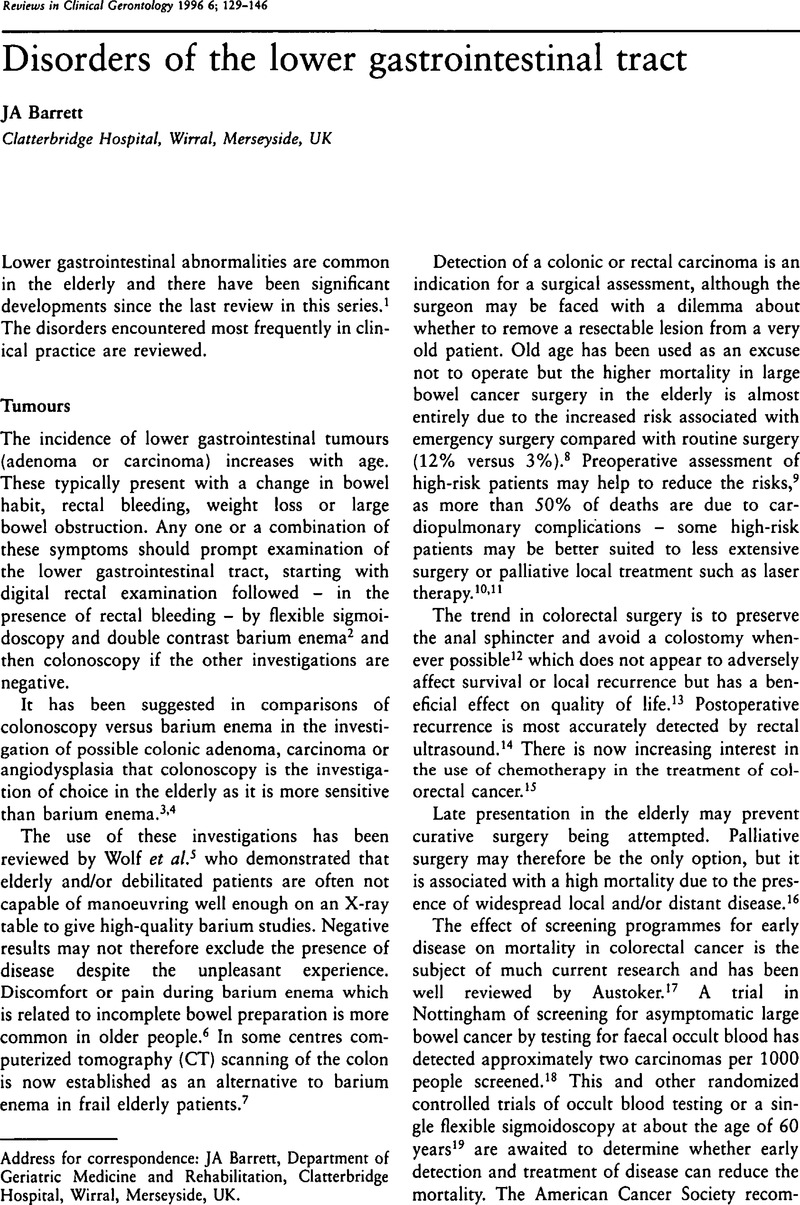Crossref Citations
This article has been cited by the following publications. This list is generated based on data provided by Crossref.
Creason, Nancy
and
Sparks, Donna
2000.
Fecal Impaction: A Review.
International Journal of Nursing Terminologies and Classifications,
Vol. 11,
Issue. 1,
p.
15.
Pierce, Elaine
Cowan, Pauline
and
Stokes, Maria
2001.
Managing faecal retention and incontinence in neurodisability.
British Journal of Nursing,
Vol. 10,
Issue. 9,
p.
592.



